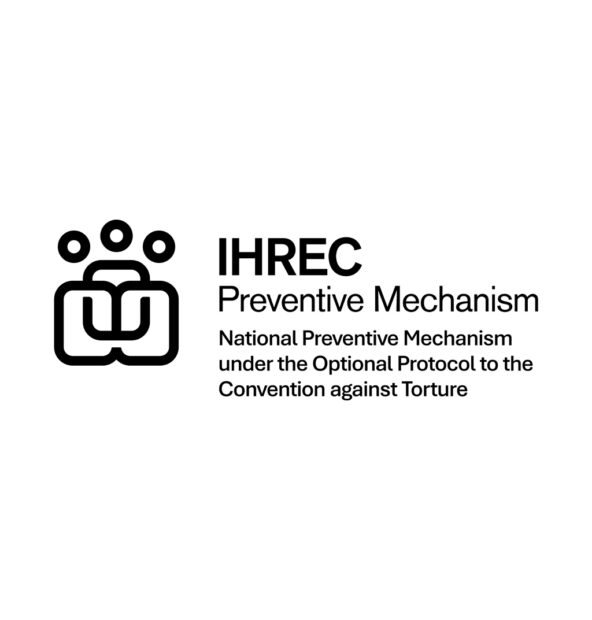What is Torture
Torture is an act by which severe pain or suffering, whether physical or mental, is intentionally inflicted on a person for specific purposes, and occurs where the torture is done by a public official or with that official’s consent or acquiescence. The purpose of torture may be as punishment, to intimidate or as part of interrogation.
How is torture connected with human rights and equality?
The protection of the humanity and dignity of all persons is the basis of all human rights. As a direct and purposeful attack on a person's mental and physical wellbeing, torture is a grievous violation of human rights and undermines their humanity and dignity. This makes torture one of the most severe forms of human rights violations. For this reason, torture is prohibited in all circumstances and can never be justified.
The risk of torture exists in every country. There are certain environments where the people are at significantly higher risk of torture. People with certain characteristics may be particularly at risk of torture. The risk of torture is increased where people are detained or secluded from the public with limited oversight and public access. These settings include but are not limited to: prisons, police stations, psychiatric institutions, care facilities, immigration centres.
What are the human rights laws preventing torture and providing oversight mechanisms
There are two international treaties on torture which Ireland has signed.
The UN Convention against Torture and Other Cruel, Inhuman or Degrading Treatment or Punishment (UNCAT)
The Convention prohibits torture in all circumstances. The UNCAT also provides an internationally agreed legal definition of torture. Ireland adopted the UNCAT in 2002 but has yet to give it domestic legal effect.

Optional Protocol to the UNCAT (OPCAT)
The OPCAT is an addition to the UNCAT. It aims to improve global torture prevention and to strengthen the protections of UNCAT. It provides for an international and national system for monitoring settings where people are deprived of their liberty, and where they therefore may be at risk of torture. This international and national system for monitoring, acts as an oversight mechanism, to prevent torture in closed institutions. These settings include but are not limited to: prisons, police stations, psychiatric institutions, care facilities, immigration centres.
When a State adopts OPCAT it sets up a system of independent oversight to check and promote compliance with UNCAT. The system designates one or more independent agencies called National Preventive Mechanisms ('NPMs'). These agencies conduct monitoring, reporting and other activities to ensure all places of detention are compliant with human rights standards preventing torture.
Ireland adopted the OPCAT in 2007 but has yet to give it domestic legal effect and has not named any NPMs.

What is IHREC doing to prevent Torture
Ireland is expected to give domestic legal effect to the OPCAT soon and IHREC continues to call for this ratification on an urgent basis. Ratification will be through the Inspection of Places of Detention Bill that is currently being drafted by the State.
Under this new legislation, IHREC expects to be named as the Co-ordinating National Preventive Mechanism (‘NPM’). In this role, IHREC expects to be responsible for coordinating and supporting the work of the other NPMs in Ireland to promote a united approach to torture prevention.
IHREC continues to highlight the human rights issues arising in this area, and specifically to call for urgent ratification of OPCAT in our policy and communications activities and our international reporting.

